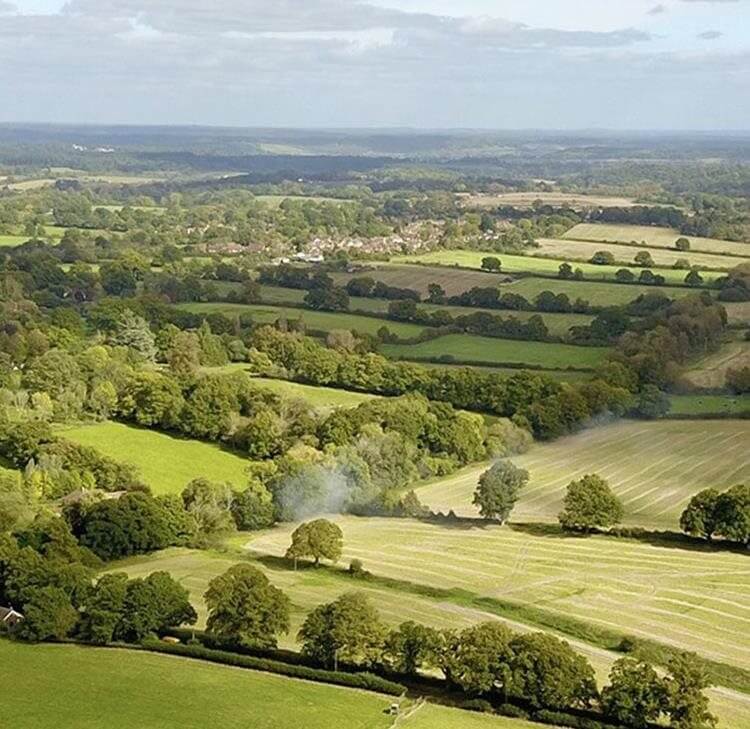Stanning v Baldwin and another [2019] EWHC 1350 (Ch)
Issues about prescriptive rights of way and drainage arose on the redevelopment of dominant land.
04 October 2019
Issues about prescriptive rights of way and drainage arose on the redevelopment of dominant land.
Facts
The claimant (S) owned a property known as the Coach House which had the benefit of a prescriptive right of way over a track across Gerrards Cross Common (the Common) owned by the defendants (B) (as Lords of the Manor).S obtained planning permission to demolish the Coach House and to construct four terraced houses with underground parking for nine cars. S intended to build into the drains of the Coach House which connected into the public sewers via drains under the Common. It seemed likely that the drains under the Common had been connected to the public sewers when the original residential property on the dominant land had been built in 1906.
Issues
- Would the construction of the four houses on the dominant land and the increased traffic flow that would result fall within the scope of the existing prescriptive easement?
- Did the Coach House enjoy a right of drainage across the common by prescription (in other words, had drainage been enjoyed ‘as of right’ for 20 years or more)?
Decision
- As there was no radical change in the use of the dominant land (the use would remain residential), there would only be an issue if the new intensified residential use was self-evidently excessive so as to make S liable in nuisance. Despite the extensive excavations that would be required during the construction phase of S’s project, possible damage to the surface of the track and an expected increase in domestic vehicles accessing the new houses, the evidence came nowhere near to establishing a nuisance based on excessive user.
- ‘As of right’ means without force, without secrecy and without permission.
In this case, the extensive nature of the works required originally to lay the drains in 1906 could not have escaped the attention of the owner of the Common at the time. The owner must have therefore permitted the works at the time. However, a change of ownership of the servient land would cause that permission to lapse (permission being a purely personal licence). B could not therefore show that, since 1962 (when B’s father bought the Lordship of the Manor), use of the drains had been with any form of permission.
Was the use though open and visible (i.e. without secrecy) given that there were no visible manhole covers? In this case, the Coach House had been connected into the drains in 1978. Although no surface works had been necessary at the time, B’s father had raised other issues about the construction of the Coach House. That should have put B’s father on enquiry as to drainage (he should have asked himself where the drains were to go) and that was enough to impute to him sufficient knowledge of the drains to mean that use after that was sufficiently open (i.e. it was without secrecy).
The drainage right was therefore established.
Points to note/consider
- In McAdams Homes Ltd v Robinson [2004] EWCA Civ 214, the Court of Appeal set out some guidelines on the extent to which an implied (or prescriptive) easement can continue to be used where the use of the dominant land has changed or the use has intensified
First, a servient owner cannot complain about increased usage alone if there is no change in the use of the dominant land. The only exception to that (which was rejected in this case) is that an excessive use by the dominant owner can amount to a nuisance and can be restrained as such (e.g. if a dominant owner causes the servient land to flood by discharging more matter than a drainage system can cope with).
Secondly, if there is a change of use of the dominant land, an implied (or prescriptive) easement cannot continue to be used if both the development of the dominant land represents a radical change in its character or a change in its identity (as opposed to a mere change or intensification in its use) and the use of the dominant land, as redeveloped, results in a substantial increase or alteration in the burden on the servient land.
- Although each case will turn on its own facts, generally it is hard to establish a prescriptive right to drainage where there are no visible signs (e.g. manhole covers) on the basis that the use cannot be said to be without secrecy. However, where it is obvious that a property needs a right of drainage and the pipes were originally installed with the knowledge of the servient owner and the route of the pipes can easily be inferred, prescription remains a possibility. That was the argument that was successful here (although the outcome does seem rather harsh on B).
Contact

David Harris
Professional Development Lawyer
david.harris@brownejacobson.com
+44 (0)115 934 2019
Contact David








































